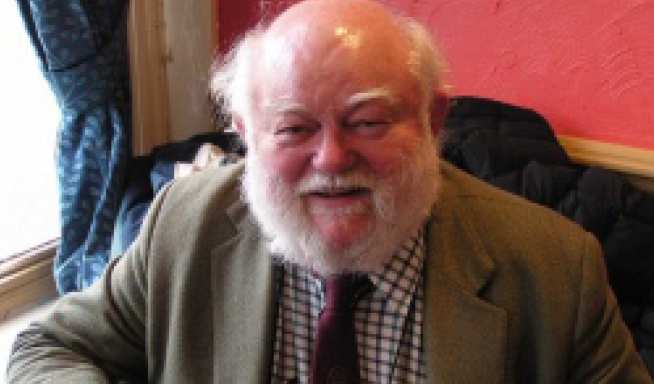
Professor Peter Vaughan was born in Luton on the 10th March 1935 and graduated from Imperial College London in 1956 with a first class honours degree in Civil Engineering. He joined Sandeman Kennard and Partners where his interest in the behaviour of embankment dams was first aroused. His enquiring mind and his desire to understand more about dams took him back to Imperial College on two occasions: in 1958 for a DIC and between 1960 and 1964 for his field-based research. In 1964 he went to Nigeria to work for Balfour Beatty on the construction of Kainji Dam and in 1965 he took six months unpaid leave to write his PhD thesis. Peter returned to Sandeman Kennard and Partners in 1967, as project engineer on Cow Green and Balderhead dams.
In 1969 he returned to Imperial College as a lecturer, he became a Reader in 1976, and he was appointed Professor of Ground Engineering in 1987. He formally retired from Imperial College in 1996 and became an Emeritus Professor. Since then, apart from his consulting work, he continued his long association with Imperial College, participating in both research and teaching.
In his later years, he was a member of several international advisory panels that overlooked the design and construction of many embankment dams. He was involved with the construction of Empingham and Roadford Dams in the UK, a safety review of Mica Dam in Canada and the rehabilitation of three dams of the Cascade of Daugava in Latvia, to name but a few. There are many more examples of schemes where Peter made an invaluable contribution. He was instrumental in establishing the cause of the failure of the original Carsington Dam and in designing its replacement. Much of his consulting work involved the Geotechnical Consulting Group, a consulting firm of which Peter was instrumental in founding. He continued his association with this firm until his death.
Peter's early years in practice and his continued association with industry had an important influence on his research and teaching. It provided the base on which his eminence in dam engineering developed. Apart from his work in this field he had a wide range of interests, making seminal contributions in the fields of slope stability and progressive failure, embankments, field instrumentation, grouting and the engineering behaviour of soils and weak rocks. His recent work on the effects of vegetation on the stability and deformation of old railway embankments is particularly noteworthy.
Throughout his career Peter received many accolades and awards. The most notable of these was the Institution of Civil Engineer’s premium award for technical papers, the Telford Medal, which he received on three occasions. He also delivered many special lectures, the most prestigious being the British Geotechnical Association’s 34th Rankine Lecture. In recognition of his contributions to both research and engineering practice, he was elected a Fellow of the Royal Academy of Engineering in 1991, having been made a Fellow of the Institution of Civil Engineers in 1978.